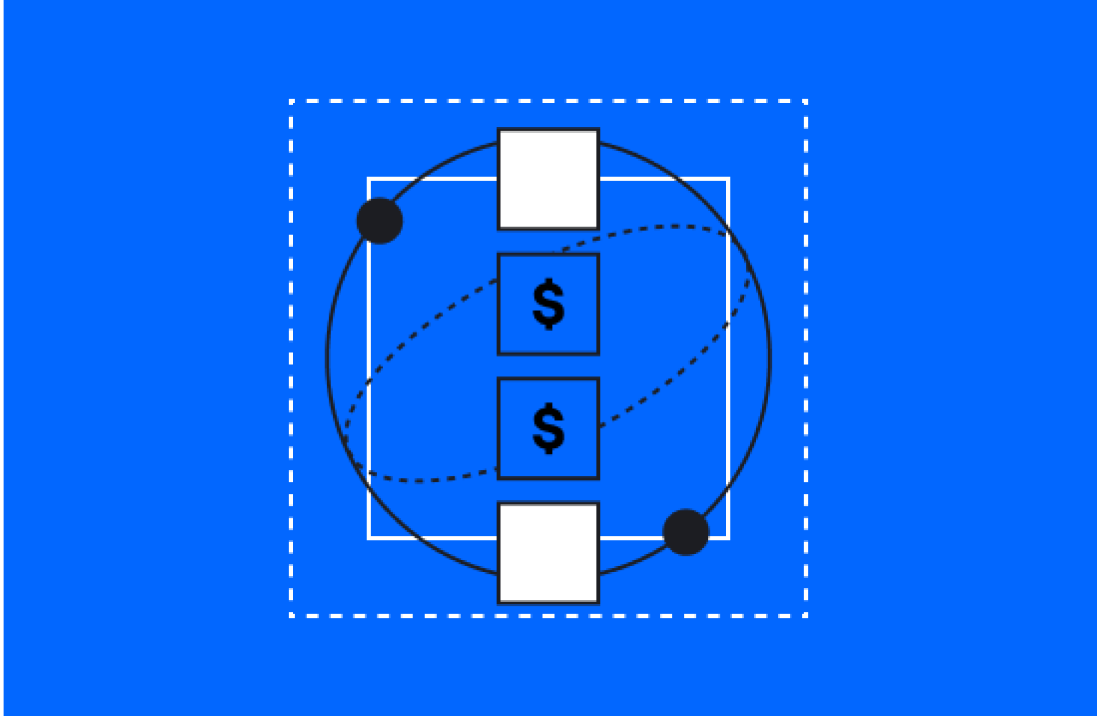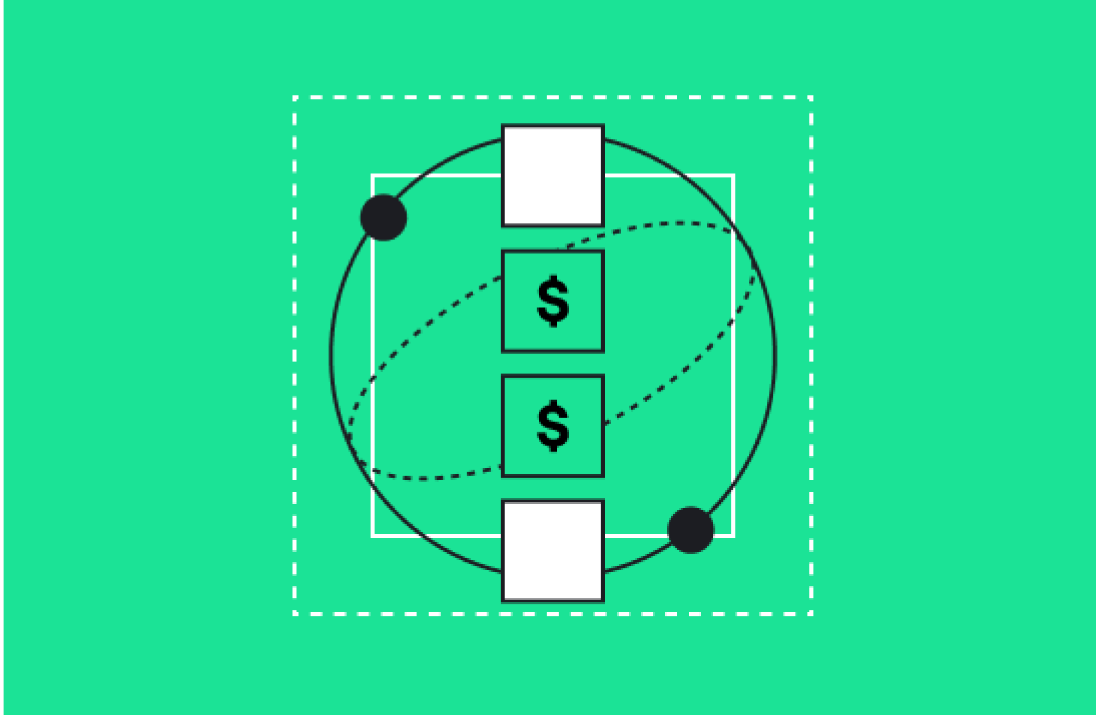It used to be that business leaders considered marketing, sales, customer service, and customer success to be separate processes. But if one business trend has become apparent in recent years, it’s that all these aspects of the customer journey are interconnected.
According to Forrester, B2B buyers in particular have interactions with an average of nine different roles before they make a purchase. Furthermore, the role that has the most influence on B2B buying decisions isn’t the sales rep, but the solution specialist. In other words, the customer success role is key not only to renewals but also to new sales as well.
This prompts the question: How can companies enable their customer success teams to boost renewals and sales?
At A8, we focus a great deal on automating sales and marketing processes with tools like Outreach. But we’ve also found that customer success teams can leverage Outreach, and tools like it, to see the same types of gains in customer retention and renewals.
Here are a few of the most effective ways to drive renewal enablement at your company using sales enablement and marketing automation tools.
Follow Up with Unengaged Customers
You probably spend a lot of time thinking about your customers, but it's safe to assume your customers don’t spend half as much time thinking about your business. It’s normal for customers to become disengaged, as they have other things in their lives that warrant their attention. This is especially true of consumers, but B2B customers can be just as withdrawn.
Your customer success team needs to be able to identify unengaged customers, so they can follow up with them accordingly. This can keep them aware of your brand and help them remember why they signed on with you in the first place. When their contract is up, there will be a better chance of them renewing with you.
Sales technology can help to take the guesswork out of this process. By collecting data on existing customers, your team can get a clear view of which customers are engaged with your brand and which aren’t. They can then estimate which customer needs special attention.
For example, if you send your customers an exclusive newsletter that includes updates to your solutions and educational content, you can gauge customer engagement based on who has opened the email and who hasn’t. Combined with other metrics, you can make a clear determination of which customers need to be re-engaged. You can then send personalized messages to these customers and schedule special sessions to learn about their needs and success rates.
Schedule Regular Check-ins with Customers Using Tasks
Customers want to feel important, so it helps to schedule regular check-ins with them to let them know you want to hear their thoughts and experiences. A check-in could be a simple message, or it could be a personal phone call, depending on the nature of your customer relationships and the technology you use. Regardless, check-ins should be two-way communications that enable you to solicit a customer’s feedback and ensure they know that they’re heard.
In the past, regular check-ins had to be conducted manually, and they were generally scheduled by hand. Now, sales technology enables customer success teams to automate messages and schedule out engagement activities in advance. Many tools can even help your team create workflows enhanced with templates, cheat sheets, and guides that help them deliver the right message at the right time.
Your teams should create a standardized plan, including a timeline for check-ins of new customers and existing customers. To boost renewals, consider sending customized check-ins at certain periods of the customer lifecycle, such as when the terms of their contract are close to ending. Doing so can help you keep your brand top of mind when it’s time to renew.
Create a Feedback Process for Customer Success
Along with check-ins and follow-ups, you should develop a process for acquiring feedback to determine how satisfied your customers are with your products and services. Feedback can take the form of general customer happiness surveys, but you can also deploy a more metrics-driven approach to customer feedback using sales software.
One of the most effective management tools for gauging customer loyalty is Net Promoter or Net Promoter Score. This tool measures the customer experience at a quantitative level and helps your team predict future business growth. It’s calculated by asking the customer a question and letting them respond on a scale of 0-10, with 0 standing for “Not at all likely” and 10 standing for “Extremely Likely.”
One of the most common NPS survey questions is, “How likely are you to recommend this product or service to a friend or colleague?”
Once the numbers are tabulated, the respondents can be grouped as follows:
- Promoters (9-10)
- Passives (7-8)
- Detractors (0-6)
Promoters are loyal customers who are likely to renew and even refer other customers to your brand. Passives are satisfied customers but are vulnerable to competitors. Detractors are unhappy customers who could abandon your brand or worse: They might give negative reviews of your company online and deter other potential customers from signing up.
If possible, you should also consider creating specific channels for customers to communicate with your team, whether it’s through live chat, a ticketing system, or even SMS. This type of feedback is invaluable, and it can help you gauge your renewal prospects even if you aren’t launching a customer experience survey.
Make CSMs Known by Scheduling Meetings with Customers
Finally, you must consider your customer success managers (CSMs) ambassadors of your brand. Make sure your customers know them—on a personal level, if possible—by scheduling regular meetings where customers can provide feedback, ask questions, and troubleshoot.
Your CSMs shouldn’t be passive in this process, either. They should initiate regular contact with your customers to ensure they are achieving the desired outcomes from your products and services. Create a process for aligning your CSMs with your customers’ goals, so they can take a more hands-on approach to their outcomes.
Remember, your CSMs are the key drivers of renewals. By empowering them with the tools and strategies they need to drive customer success, you’ll generate ROI in the form of renewed contracts, referrals, and additional sales.
Drive Customer Success with A8
Every company needs a cohesive strategy for driving customer success and the technology to make it happen. At A8, we’ve spent years helping companies build and optimize their technology stacks to enhance their marketing, sales, and customer experience strategies.
We can help you implement a strategy for re-engaging passive customers, developing a customer feedback process, and empowering your CSMs to act as brand ambassadors. We can also help you choose and implement the technology solutions that will make this possible.
Contact A8 today to revitalize your customer success strategy with renewal enablement.







